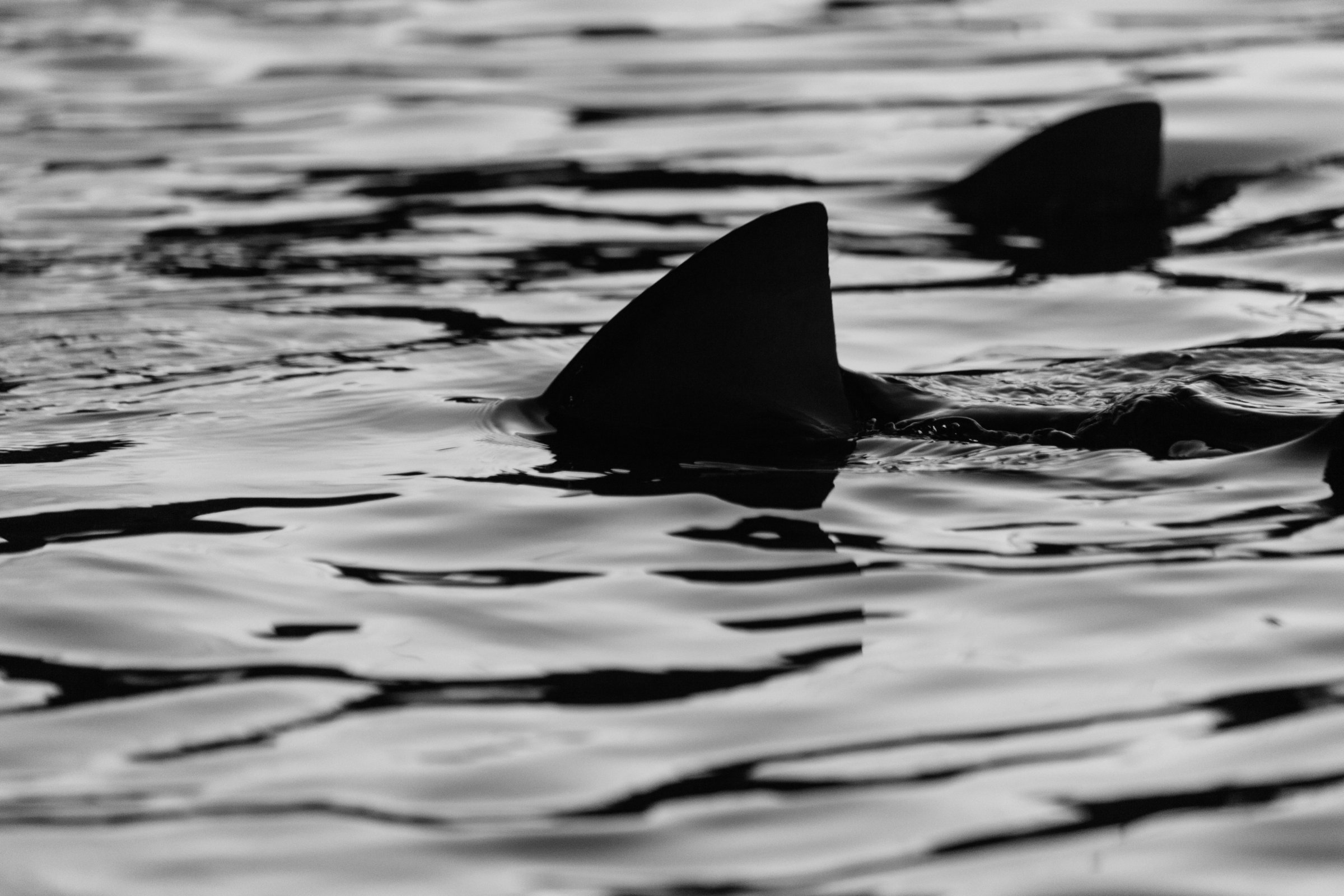
These days, it’s easy to think of sharks as one of the most inherently scary creatures in the world. But 100 years ago, things were very different. “If there hadn’t been the 1916 shark attacks, we probably wouldn’t be watching Shark Week right now,” says George Burgess, director of the Florida Museum of Natural History’s International Shark Attack File.
He’s talking about the five shark attacks on the Jersey Shore that left four dead and one injured over a 12-day period, starting July 1—exactly a century ago.
On that day, Charles Vansant, an ambitious businessman and son of a prominent Philadelphia doctor, went for a pre-dinner ocean swim with his dog in the Jersey Shore town of Bell Haven. He bled out after a shark ripped off his left leg. On July 6, in the elite vacation town of Spring Lake, a woman told lifeguards that Charles Bruder, an employee of a nearby hotel, had capsized in a red canoe — only to find out the color was blood gushing from his shark-severed legs. On July 12 in Matawan Creek, a crowd watched in horror as 24-year-old Stanley Fisher was attacked while trying to retrieve the body of another shark victim, 11-year-old factory worker Lester Stillwell — and later died waiting for a train to transport him to medical treatment. Joseph Dunn, 14, also got his left leg caught in a shark’s mouth, but several other youngsters yanked him free.
It’s not as if sharks hadn’t been fearsome creatures before 1916, but—for several reasons—these five attacks changed the way the creatures were seen all along America’s coastlines.
For one thing, they happened near the media capital of the world, New York City, and at vacation destinations for elites, so it got outsized attention in the national press. “It became an uproar in the backyard, in the media,” Burgess explains. “People who wielded power and money—it affected their potential summer plans.”
Get your history fix in one place: sign up for the weekly TIME History newsletter
There was a heat wave that summer, and in the era before widespread use of home air-conditioning, that meant that, as Burgess says, “more people [were] going into the water to cool off, so there’s a greater chance of sharks and human getting together in the water.”
But those people would not necessarily have been able to cool off if they hadn’t had the time to go to the beach. These shark attacks occurred at a time when people who weren’t elites were heading to the ocean for the first time, too. As Richard G. Fernicola explains in Twelve Days of Terror, the early 20th century was a time of new opportunities for leisure among the middle and working classes: “Thousands upon thousands of people flocked to the ocean in numbers never before imagined,” he writes.
That’s sort of why scientists didn’t even know sharks were strong enough to gore humans, according to Michael Capuzzo, author of Close to Shore: The Terrifying Shark Attacks of 1916. “In 1916, the general consensus of science was that sharks didn’t have the bite force to even bite through a human bone,” he says, “so it was kind of a blind spot in history between the ‘Age of Sail’ when people were out there all of the time, and this new civilized society that was sort of withdrawn from [the ocean]. Such attacks had never happened on this scale.”
The attacks even inspired President Woodrow Wilson to hold a cabinet meeting to address the issue, at which he called for a plan to kill all the sharks on the East Coast—perhaps because “he’s getting pressured to get into World War I by some and doesn’t want to be perceived as weak,” says Capuzzo.
Experts still can’t all agree on what caused the flurry of attacks or even the type and number of sharks involved. Some have said the Matawan Creek attacks prove that it was bull shark because they swim in fresh water. Others say it was a great white shark because newspapers around that time reported that one was found with humans remains in its stomach. Generally speaking, such attacks can occur when sharks are sick, according to Burgess: “Animals sometimes are prone to disease or something that causes them to change their behavior, which isn’t predictable and doesn’t happen very often.”
The “Jersey man-eater”—as the mystery shark(s) became known—partly influenced Peter Benchley’s novel 1974 Jaws, and the Steven Spielberg-directed film adaptation, which played a role in popularizing the mainstream image of great white sharks as killers and fueling a shark-fishing craze, experts say. Overfishing has led to the decline in the worldwide shark population, yet unprovoked shark attacks on humans are rare. As Burgess argues: “Each year, we average worldwide six fatalities because of sharks—that’s all—but you wouldn’t know it from the media attention.”
As for why human beings remain afraid of sharks, 100 years after these attacks, Burgess has a theory.
“We as humans are used to manipulating our world, we can pretty much stop any animal that wants to eat us,” he says. “But in the sea, the shark wins all of the time.”
More Must-Reads from TIME
- Cybersecurity Experts Are Sounding the Alarm on DOGE
- Meet the 2025 Women of the Year
- The Harsh Truth About Disability Inclusion
- Why Do More Young Adults Have Cancer?
- Colman Domingo Leads With Radical Love
- How to Get Better at Doing Things Alone
- Michelle Zauner Stares Down the Darkness
Write to Olivia B. Waxman at olivia.waxman@time.com